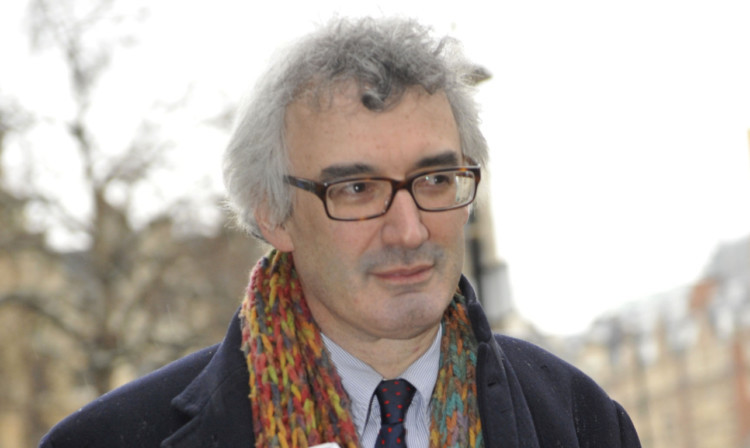An independent Scotland could join the EU with a very good deal but may be seriously harmed by a monetary union, according to the Treasury’s top civil servant.
Sir Nicholas Macpherson also admitted the UK Government had “misbriefed” a key statistic relating to the start-up costs in the event of a Yes vote, according to the Sunday Post.
The former permanent secretary to the Treasury backed the stance of all would-be chancellors that claims there is no case for sharing the pound with the Bank of England acting as lender of last resort for a separate country.
He said: “If you go into a currency union and there’s a smaller country that ultimately feels it’s being bullied by the bigger country, it would lead to a worse relationship between the Scottish and the rest of the UK peoples.
“The temptation for politicians in small countries will always be to blame the big countries.”
He added: “I don’t want to scaremonger, but you could envisage circumstances where you don’t want to be holding Scottish bank notes the day after.”
On the EU, Sir Nicholas said: “I’m certain if Scotland became independent that it would get in the European Union and maybe it would get itself a very good deal. But the transition, getting there and negotiation will carry a cost.”
A recent Treasury paper claimed the cost of setting up an independent Scotland could be up to £2.7 billion, dismissed by Professor Patrick Dunleavy, whose work the estimate was based on.
Sir Nicholas admitted No 11 had “misbriefed a key statistic about one aspect of creating a new state” but added it was “the first minor error we’ve made”.
The Scottish Government has said it will not publish any counter estimate, claiming it is impossible to calculate without knowing exactly what share of UK assets and independent Scotland would receive.
A spokesman for First Minister Alex Salmond said: “Sir Nicholas has lifted the lid on the misinformation cooked up by the UK Treasury each No campaign scare story is being dismantled brick by brick.”
